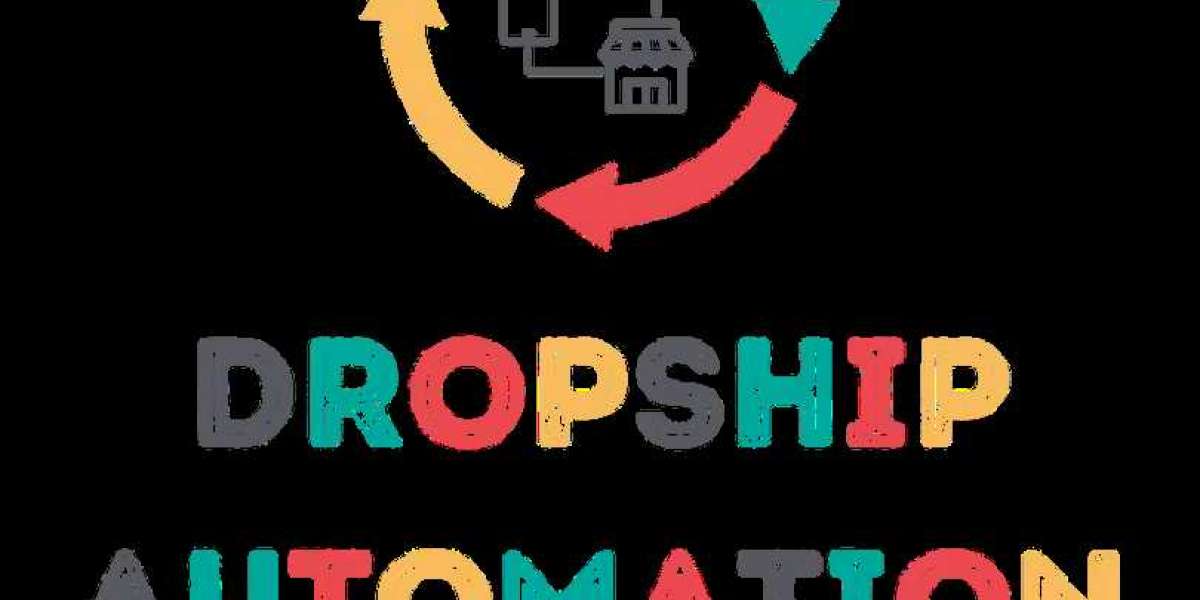Why is the Antibiotic-Resistant Infections Treatment Market a Global Priority?
The antibiotic-resistant infections treatment market focuses on developing and commercializing therapeutic solutions to combat infections caused by bacteria that have evolved to withstand the effects of conventional antibiotics (Antimicrobial Resistance - AMR). This includes novel antibiotics with new mechanisms of action, combination therapies, and alternative approaches like bacteriophage therapy or immunotherapies. The market is a global priority due to the alarming rise in drug-resistant pathogens, which poses a severe threat to public health, making common infections harder or even impossible to treat and increasing healthcare costs and mortality rates.
The global antibiotic resistance market size was estimated at USD 12.21 billion in 2024 and is expected to reach USD 12.89 billion in 2025, growing at a Compound Annual Growth Rate (CAGR) of 5.6%. Projections indicate it will reach USD 16.97 billion by 2029, with a CAGR of 7.1%. Another estimate places the market at USD 9.28 billion in 2025, reaching USD 12.11 billion by 2030, at a CAGR of 5.46%. Regardless of slight variations in figures, the market is experiencing strong growth due to the escalating public health crisis of AMR.
The market is a global priority for several critical reasons:
Escalating Prevalence of Drug-Resistant Pathogens: The continuous rise in multi-drug resistant (MDR) and extensively drug-resistant (XDR) bacteria (e.g., MRSA, CRE, VRE, drug-resistant N. gonorrhoeae) creates an urgent demand for new and effective treatments.
High Mortality and Morbidity: AMR leads to prolonged illnesses, increased hospital stays, higher healthcare costs, and a significant number of deaths globally. Over 2.8 million antimicrobial-resistant infections occur each year in the United States, leading to more than 35,000 deaths.
Lack of New Antibiotics: The slow pace of new antibiotic development in recent decades has exacerbated the problem, creating a critical need for novel therapeutic approaches.
Global Health Security Threat: AMR undermines the effectiveness of medical procedures (like surgery, organ transplants) and chemotherapy, as it makes patients vulnerable to untreatable infections.
Government and Non-Governmental Initiatives: Increasing funding, policy initiatives, and public-private partnerships (e.g., CARB-X, AMR Action Fund) are aimed at incentivizing RD for new AMR treatments. For instance, the CDC invested USD 7.13 million in Minnesota in May 2024 to combat AMR.
What Cutting-Edge Therapies and Trends are Shaping the Antibiotic-Resistant Infections Treatment Market?
The antibiotic-resistant infections treatment market is characterized by a strong focus on novel drug classes, alternative therapies, rapid diagnostics, and global collaborative efforts.
The development of novel antibiotics with new mechanisms of action is a key trend. These new drugs aim to overcome existing resistance mechanisms and target difficult-to-treat pathogens. Examples include new cephalosporins, lipoglycopeptides, and combination therapies. The pipeline for such drugs is robust, driven by significant RD investment.
Alternative therapies to traditional antibiotics are gaining significant traction:
Bacteriophage Therapy: This innovative approach uses bacteriophages (viruses that specifically infect and kill bacteria) to treat bacterial infections, particularly those resistant to conventional antibiotics. Phage therapy is regaining attention and is already commercially available in some Eastern European countries, with ongoing clinical trials globally.
Immunotherapies: Approaches that boost the host's immune response against bacteria, rather than directly killing the bacteria, are being explored. This includes monoclonal antibodies that neutralize bacterial toxins or target virulence factors.
Antimicrobial Peptides (AMPs): Naturally occurring peptides with broad-spectrum antimicrobial activity are being investigated as potential new therapeutic agents.
CRISPR-based approaches: Genetic editing technologies like CRISPR are being explored to directly target and disable bacterial resistance genes.
Rapid diagnostic tests and genomic sequencing are crucial trends. Faster and more accurate diagnostics can identify resistant strains quickly, allowing for targeted treatment and preventing the overuse of broad-spectrum antibiotics. Technological advancements in diagnostics are improving the diagnosis and management of antibiotic resistance.
Combination therapies are becoming increasingly common, using multiple drugs with different mechanisms of action to enhance efficacy and prevent the development of new resistance.
Global collaboration for surveillance and RD is intensifying. Public-private partnerships, international research consortia, and data-sharing initiatives are critical for tracking resistance patterns and accelerating the development of new treatments.
The market also sees a focus on improving existing antibiotics by developing new formulations or adjuvants that restore their efficacy against resistant strains. The escalation in healthcare expenditure is fueling research, development, and adoption of innovative treatments.
What are the Key Challenges and Future Outlook for the Antibiotic-Resistant Infections Treatment Market?
While the antibiotic-resistant infections treatment market is a top global priority, it faces significant challenges alongside critical opportunities for the future.
A primary challenge is the economic viability of developing new antibiotics. The high cost of RD, coupled with a relatively short period of use (to preserve efficacy and prevent resistance), makes it less profitable for pharmaceutical companies compared to other drug classes. This "market failure" has led to a shrinking pipeline of novel antibiotics.
Stringent safety guidelines and regulatory hurdles for novel AMR therapeutics are complex and time-consuming, delaying market entry for promising new treatments.
The rapid evolution of bacterial resistance itself poses a continuous challenge, as bacteria can quickly develop new resistance mechanisms to newly introduced drugs, necessitating a constant arms race.
Lack of awareness and inconsistent infection prevention and control practices globally also hinder efforts to contain AMR. Incomplete treatment courses and self-medication contribute to the problem.
However, the future outlook for the antibiotic-resistant infections treatment market is critical and holds promise:
Increased Public-Private Partnerships and Incentives: Governments and philanthropic organizations will continue to provide funding, grants, and market entry incentives (e.g., subscription models) to stimulate RD for novel AMR treatments.
Accelerated Development of Alternative Therapies: Phage therapy, immunotherapies, and other non-antibiotic approaches will likely see accelerated development and clinical adoption as alternatives or adjuncts to traditional antibiotics.
Precision Medicine Approaches: Genomic sequencing of pathogens will become more routine, enabling highly personalized treatment strategies based on the specific resistance profile of an infection.
Advanced Diagnostics: Rapid, point-of-care diagnostics that can quickly identify pathogens and their resistance patterns will become indispensable, guiding appropriate antibiotic use.
Global Surveillance and Data Sharing: Enhanced international collaboration for tracking AMR patterns and sharing data will inform RD priorities and public health interventions.
Digital Health and AI: AI will play an increasing role in drug discovery, identifying new targets, and optimizing antibiotic use to combat resistance.
Preventive Measures: Renewed focus on vaccination, improved hygiene, and infection control will be crucial to reduce the overall burden of infections and thus the pressure on antibiotics.
In conclusion, the antibiotic-resistant infections treatment market is at the forefront of a global health crisis. While significant challenges remain, the convergence of scientific innovation, strategic funding, and international cooperation offers hope for developing effective solutions to combat the growing threat of superbugs and preserve the efficacy of life-saving antibiotics.
Contact:
Market Research Future®
99 Hudson Street,5Th Floor
New York, New York 10013
United States of America
Phone:
+1 628 258 0071(US)
+44 2035 002 764(UK)
Email: sales@marketresearchfuture.com
Website: https://www.marketresearchfuture.com







